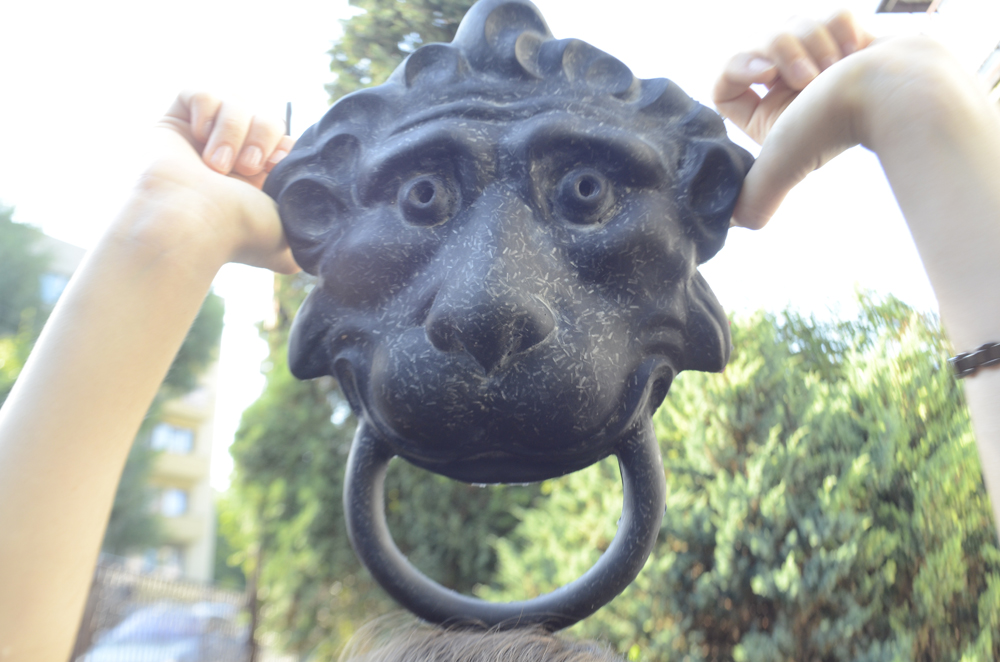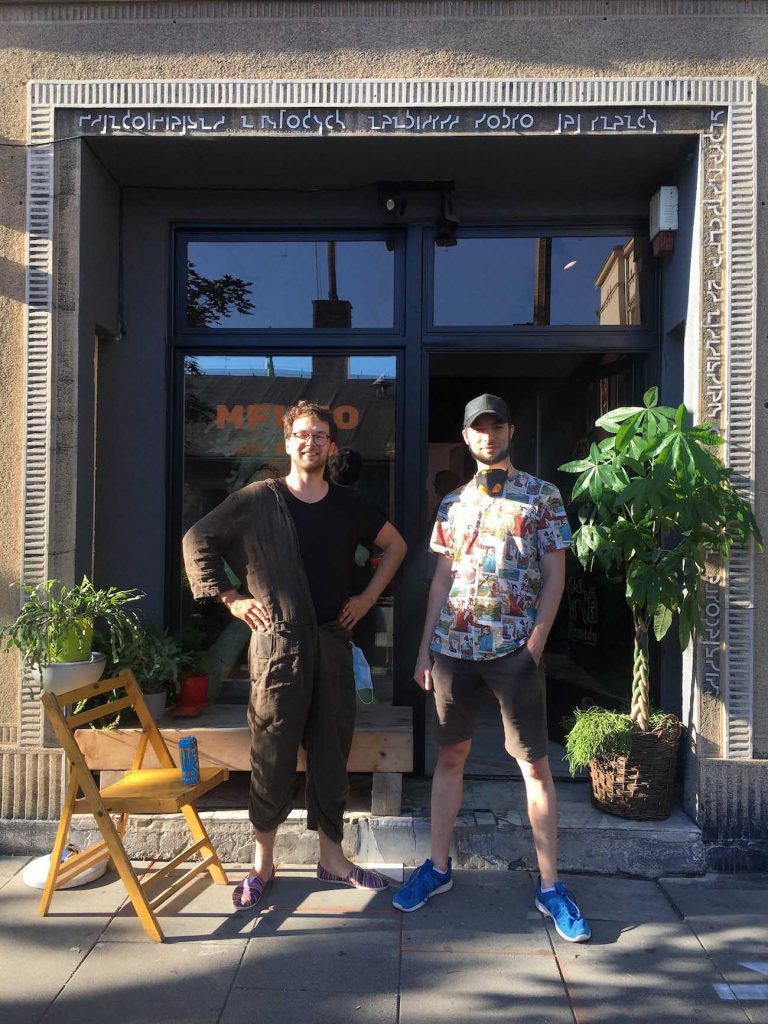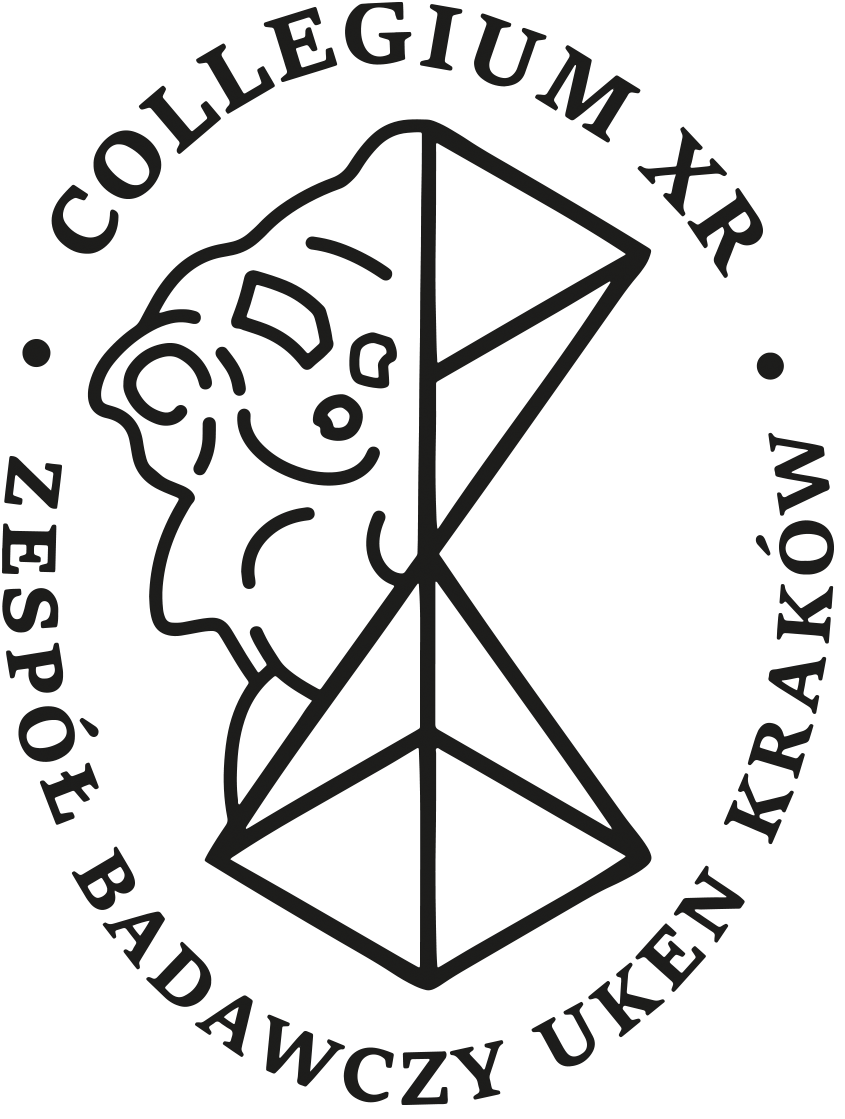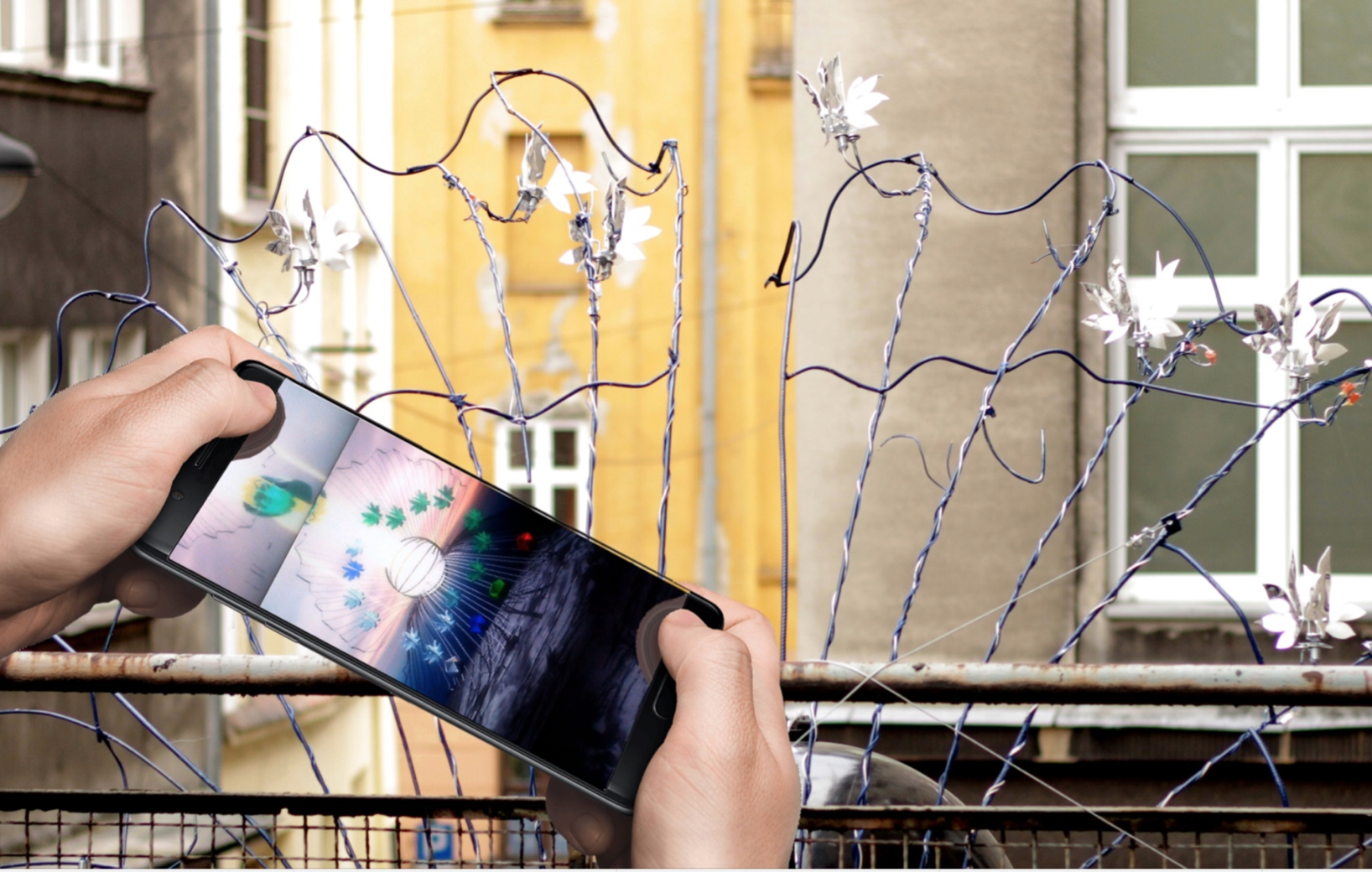History
THE STORY OF THE COLLEGIUM XR
Our work with multimedia and their commercialization began 9 years ago, on May 16, 2012, when Dr.Michał Hyjek defended his master’s thesis in the field of fine arts at the Academy of Fine Arts in Krakow, which includes NFC (near field communication) technology, innovative for those times. Only 5 smartphones used it then, but the author proved that quick access to information when a person is in an unknown place is crucial to be able to understand more and creatively change the environment.
This master’s thesis, i.e. a collection of sculptures with NFC codes embedded in their noses, received the prestigious award of the 3rd best artistic diploma in Poland according to the Rectors of all Academy of Fine Arts in Poland, and then the idea of transmitting information by touching art objects with a smartphone was purchased at the University of Economics in Krakow, Goethe Institut in Prague , The Polish Academy of Sciences in Paris and many other places. NFC sculptures began to appear in art galleries, but also on the facades of office buildings and in public spaces.


In 2016, Michał Hyjek meets Maciej Gniady – a researcher of interactivity – a specialist in VR and XR technicians – today a PhD student at the Academy of Fine Arts in Krakow. A synergistic cooperation begins, as a result of which 3 projects are made in public space, which use a visual sensor mapping hands. This period can officially be called the beginning of our work on the idea of the XR Institute. Building a database of future clients, we have completed projects for, among others The Princes Czartoryski Museum in Krakow, Klub Szpitalna 1, Archaeological Museum in Krakow or at the Wooster Group Performing Garage Theater in New York.
In 2017, Maciej Żarnowski, MA, PhD student at AGH in Krakow, joined our team, with whom we began work on combining the mechanics of mobile systems with the idea of interacting with data networks in public space. As a result of a fusion of previous ideas, Michał Hyjk’s doctoral thesis was created, allowing passers-by to control the interactive sculpture using their own smartphones.
The interactive installation allowed for the experience in an environment where the boundary between the virtual and the physical is blurred, which translated into an attractive and fast way to view and distribute your information. The idea gained the approval of the scientific and commercial community and the award of the Mayor of the City of Krakow for his contribution to the promotion of Krakow art in the world and lectures at the HHI in Berlin.
In 2018, the Collegium XR research team was enriched by Marcel Kwiatkowski, who, at the time of the development of visual stereoscopic sensors, WebGL rendering in browsers and the boom in VR / AR availability, introduced commercialization mechanisms to raise funds for our research.
To work on the concept of the Collegium XR research team, we have been gathering experience in the field of visual sensors for almost a decade, observing the changing needs of clients from the artistic, creative and service industries.
Analyzing the above phenomena, we came to the conclusion that the sense of conducting our research is crucial for effective and proper human development.
There has always been an evolution in the way of collecting information (chronologically – writing development, analog libraries, computerization and databases), but also in the way of navigating the created resources (wall with drawings, book, monitor and mouse, today – augmented and mixed reality).
With such easy access to information, flooded with untrue data, the monopoly lobby of the IT producers’ market and the need for interactivity, people need new methods of navigation and sharing.


